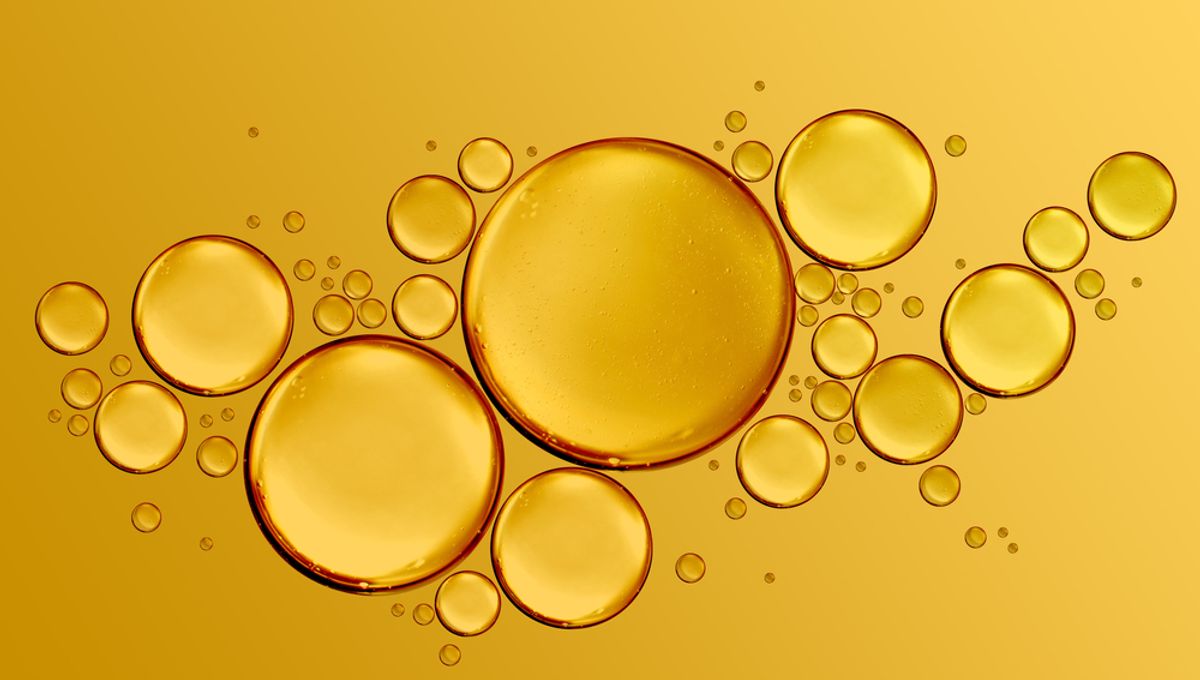
The connection between electricity and life has been known since Luigi Galvani made frogs’ legs twitch. Cells harnessing electricity to communicate is one of the things that makes complex life possible – cells’ insides, however, were thought to be predominantly electricity-free zones. New research challenges that, and suggests electrical activity may be the basis for many of the chemical reactions on which we depend.
The membranes that surround cells facilitate electrical interactions by allowing an imbalance of charge to build up between the inside and outside of the cell. It was thought that without membranes such charge differentials were impossible, preventing electrical activity inside the cell (with the exception of organelles like the mitochondria, which have membranes of their own).
New research proves this is not the case; cells can maintain internal electric fields. Just how important these fields are to biological chemistry may take a long time to explore, but the paper’s authors think their work may change the way we look at chemical reactions within cells.
If the inside of a cell was an undifferentiated liquid, its conductivity would prevent charge imbalances from surviving. However, in addition to membrane-bound organelles like the nucleus, cells contain structures known as biological condensates, with densities greater than the material around them. Just as drops of oil don’t need a membrane to survive in water, these condensates can be stable within the cell and maintain different pH levels.
Previous work has shown microdroplets of water create electrical imbalances in their interactions with other matter, both solid and gas. Inspired to extend this work to within the cell, first author Dr Yifan Dai of Duke University added a dye that glows in the presence of reactive oxygen species (ROS) to synthetic imitation cells. The term species here refers to types of molecules, not living things, but that doesn’t mean they have no biological significance. As their name suggests, ROS react easily with many other atoms and molecules, facilitating the formation of many molecules that would not exist otherwise.
The team was able to observe light coming from around the edges of condensates formed from higher salt concentrations, indicating the presence of hydrogen peroxide, a ROS whose formation they attribute to electric fields.
“Most previous work on biomolecular condensates has focused on their innards,” said Professor Ashutosh Chilkoti, in whose lab the work was done, in a statement. “Yifan’s discovery that biomolecular condensates appear to be redox-active suggests that condensates did not simply evolve to carry out specific biological functions as is commonly understood, but that they are also endowed with a critical chemical function that is essential to cells.”
In addition to providing important insight into the way every cell in our body works today, the finding could be very relevant to explaining how life began. “In a prebiotic environment without enzymes to catalyze reactions, where would the energy come from?” Dai asked. Lightning has been the most commonly provided answer, sometimes followed by volcanoes or meteorite strikes.
However, the paper points out: “We note that the mechanism by which the condensate interface is redox active is similar to how mitochondria generate ROS.” Perhaps long before cells incorporated mitochondria to make the energy stores on which they run, condensates did the same job, albeit probably not as well.
“This discovery provides a plausible explanation of where the reaction energy could have come from,” Dai said.
There could be a downside to the condensates, however. “Condensate formation has been shown to promote the formation of amyloid fibrils“, the paper notes. These are considered; “A potential pathological pathway in neurodegenerative disorders.”
The paper is published in the journal Chem.
Source Link: Previously Unknown Form Of Electrical Activity Inside Cells May Power Key Reactions